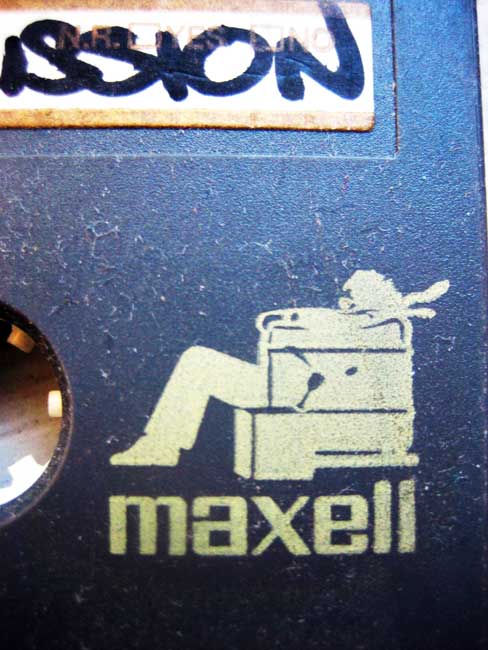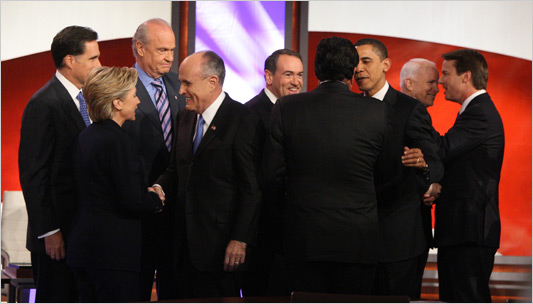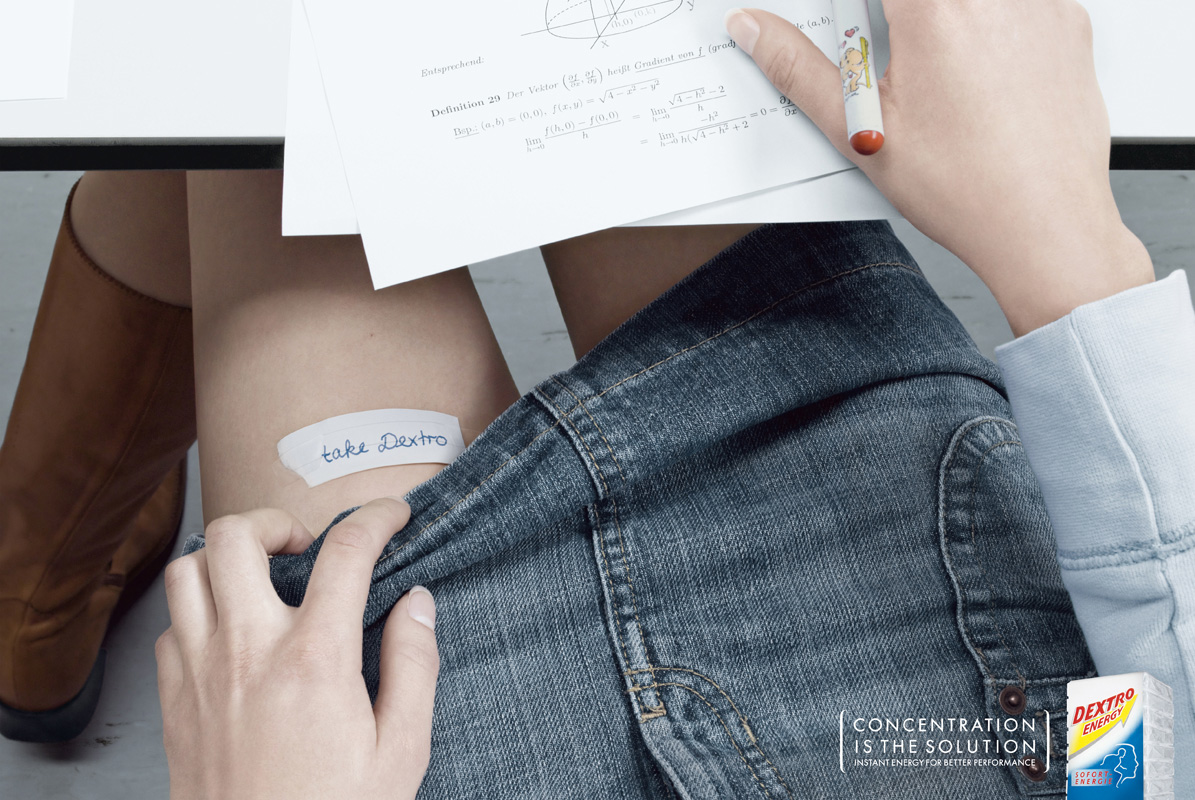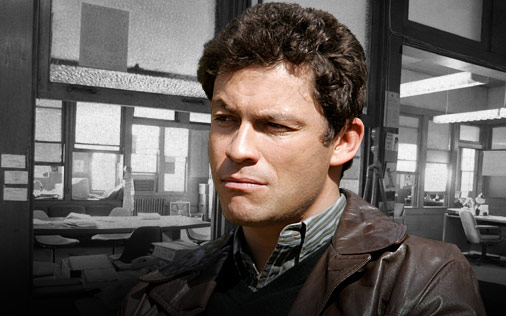
Vampire Weekend dropped it hot this week and got met with both Kisses and Bronx Cheers. Maybe it’s my preppy roots and culture, but these kids are alright with me. As one sage said: “[This is just] the inevitable graduation of privileged indie kids into their rightful social milleu. Drop the post- art-school ‘ghetto’ chic of most recent Brooklyn arrivistes and you get…this band.” VW keeps it realer than most of us 18-34 liberals in NYC, so let’s put down our snarker rifles and pull on our dancing shoes. To help us all, here’s a little mixtape I cooked up: The Garlic Press & Pestle. (Oh yeah, I’m twee like VW) It’s got that Clipse Cape Cod remix, some Soweto sounds from ’99, Biggie beats over bhangra and Roy Orbison. (you can’t hear it, but the dancehall airhorn is blasting over here)
—-
UPDATE: Here is a new metric to study band buzz, can you spot the next Vampire?
-
Vampires rock Soweto
-
Voting With Our Eyes

On the campaign trail today Hillary — does she need a last name at this point? — showed the first crack in her armor. While some in the media, and even a competitor in the race, seemed eager to brand the event as the candidate’s Muskie moment, the rare glimpse into the personality of a presidential hopeful offered much in just a single crack of the voice, a flushed pause. Mrs. Clinton’s campaign has long maintained she is “the most famous person nobody knows,†yet the most instructive moment as to the inner thoughts of a person putting the whole of her being towards the goal governing this nation was parsed by the major media almost exclusively for its strategic value. As cinema, however, a more compelling moment of drama could not have been directed by Orson Welles.
ÂÂ6qgWH89qWks ÂÂ
We are a nation, more than ever, that votes with our eyes. And as television has become a part of the election process, our sophistication in analyzing the memes of people who stand before cameras has increased furiously. In Mrs. Clinton today, we were presented with the full case of the reasons behind her efforts, and not a few of the rationalizations she has had to make along the way to buttress them. Witness the contrast between two consecutive clauses:“We do it, each one of us, because we care about our country,†the justification, heartfelt, “but some of us are right and some of us are wrong,†the candidate, steely, and the unsaid unprovable: I am on the right side.
ÂÂThe previous night, the besmirched baseball star Roger Clemens took to 60 minutes to try to rescue a piece of his honor after being accused of steroid use by Major League Baseball’s official investigation of the drug scandal. Before the Rocket made his sit down with Mike Wallace, however, he made sure to address the American people directly via youtube. He followed up today by holding a press conference in which he played a secretly-made recording of a conversation between himself and his accuser and announced a lawsuit against him. The timing and filing of the lawsuit, however, inadvertently contradicted some of the claims Clemens made in the 60 minutes interview.
In this case, we must also vote with our eyes. The plain-spoken effort of someone attempting to save his dignity is clear. The integrity with which he has chosen to pursue that end is clearly in doubt, and our decision, whether it is an honest or dishonest man attempting to save his name, is the one that will ultimately shape discourse on the topic. At this time in our media landscape, the lawsuit itself has become it’s own form of supporting argument in the court of public opinion.
The ready availability of image-making tools has placed a premium on the ability to use them in compelling ways, but also on the need for emotionally compelling subjects. One suspects that the thirteen minutes of the Clemens interview will eventually find its way to the middle of the pack of Mike Wallace interviews, but that Mrs. Clinton’s personal account of reasons that she pursues high office will live on in political lore. For clip of the day, anyway, she gets my vote.
—
AP photos cribbed from the Times. -
Echoes of Originality
You know that Dunkin(g) Donuts ad slogan you see everywhere? I am amazed that it is almost identical to the one featured in the first television ad. Maybe it is some kind of “reference” to it. In 1941 Bulova ran a commercial, considered the very first TV ad, with the slogan “America Runs on Bulova Time”. Where’s the Bulova legal department when you need them?
While we’re talking about biting, those Sprint ads… well maybe it’s not a bite, we all drew words in the air with sparklers, but… Turner Classic Movies did a similar thing a few years ago with spots featuring Vincent Gallo. Here’s a link to a page from a great book, “On Screen, In Time” with some images from the original campaign… http://www.onscreenintime.tv/002.html -
Tidings
As our politicos yammer about a widening income gap, two America’s and such, I’d like to take this time of respite to remind our friends that good pop is a grand unifier if only for fleeting minutes. We should find further comfort in the ability of a gold chain to proffer authority upon its wearer, even if for the sake of comedy.
ÂÂ
juBEue3L4LE BBJyewxjYPc Run-DMC, Justin, rope chain or herringbone, and that’s the way you do it.
-
Steroids, Sopranos & Hilly the Clint
 George Mitchell and his legal eagles are bad-ass. I’m glad to see that the ‘purity’ of the National Pastime is nekkid on the table and knickers in a twist. But it ain’t a big secret, I mean being incredulous about juicing in baseball is like Renault in Casablanca being “Shocked, Shocked to find that gambling is going on in here.”
George Mitchell and his legal eagles are bad-ass. I’m glad to see that the ‘purity’ of the National Pastime is nekkid on the table and knickers in a twist. But it ain’t a big secret, I mean being incredulous about juicing in baseball is like Renault in Casablanca being “Shocked, Shocked to find that gambling is going on in here.”
ÂÂ
nM_A4Skusro
ÂÂ
Let’s be real: Cheating is part of the American Way. The USA was built violently from the ground up and then expanded west Deadwood style. Jay-Z is on the cover of Fortune Magazine – his beginnings as a businessman are rooted in the ‘illegal’ drug trade – and he is now on the legal side of things. So what message does the magazine cover send to corner boys? Keep your head down and work at McDonalds? Don’t think so. -
The Wire: Social Structure (the game is rigged)
 Season 4 of The Wire just dropped on DVD, so this weekend I was glued to the telly and composing armchair academic essays about the structure of this B’more world. Then I read media scholar Jason Mittel’s writing about the show, and decided best just to step aside and give him the mic. I’ve quoted at length cause I know yall might not click through. And this should be read:
Season 4 of The Wire just dropped on DVD, so this weekend I was glued to the telly and composing armchair academic essays about the structure of this B’more world. Then I read media scholar Jason Mittel’s writing about the show, and decided best just to step aside and give him the mic. I’ve quoted at length cause I know yall might not click through. And this should be read:[Series creator David] Simon has suggested that The Wire is a show about the relationship between individuals and institutions, a claim that the program seems to uphold. But I would argue that the point of emphasis is much more clearly on institutions rather than individuals, as within each of the social systems that the show exploresâ€â€the police, the drug trade, the shipyard, city government, the educational systemâ€â€the institution is brought into focus through the lens of numerous characters. Certainly McNulty is a central point of access to understand police bureaucracy and functions nominally as the show’s main character, but by season four he is in the margins while characters like Daniels, Colvin, and Bunk provide alternate entry points to explore the police system.

Likewise we experience the drug trade through a range of characters from D’Angelo to Stringer, Omar to Cutty. While all of these characters have depth and complexity, we rarely see much of their existence beyond how they fit into their institutional rolesâ€â€even romantic relationships seem to foreground inter-institutional links between police, lawyers, and politicians more than interpersonal bonds deepening characters’ inner lives and motivations. The chronic alcoholism and infidelity of The Wire’s police officers offers a portrait less of flawed personalities than of a flawed institutionâ€â€the police admire the systematic discipline and coordination of Barksdale’s crew, which is distinctly lacking in the Baltimore Police Department.”I1VoK2VH_I0
(more…)

